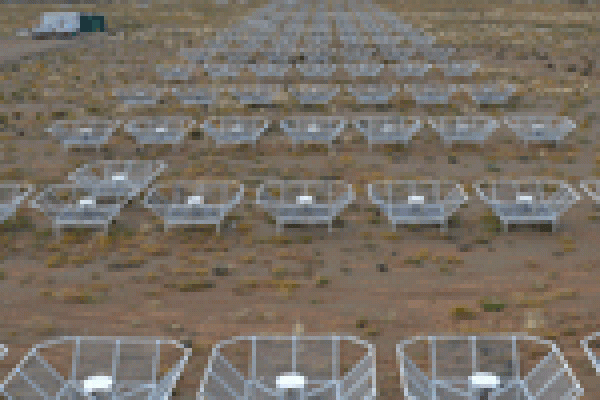
The Epoch of Reionization (EoR) marks when the first stars ionized the primordial hydrogen half a billion years after the big bang. Direct observation of cosmological hydrogen is possible via the 21cm line and is now being hotly pursued as a new cosmological probe. Danny Jacobs is helping to lead observations with both the Precision Array for Probing the Epoch of Reionization (PAPER) and the Murchison Widefield Array (MWA). PAPER currently holds the deepest limits on the epoch of reionization power spectrum, while the MWA is leading the charge towards understanding foregrounds at a level necessary for imaging large scale structure. The two intertwined themes in these new instruments are the degree to which experimentation is an essential component of the science process and the ascendance of the software pipeline. Experiments currently under-way to refine array sensitivity include high-bandwidth forward-modeling of instrumental response, developing high level heuristics for data flagging, accelerating imaging pipelines, pushing more analysis steps into real-time systems, and in-situ calibration with external drone-mounted transmitters. Lessons learned and systems developed for PAPER and the MWA are being incorporated into the next generation Hydrogen Epoch of Reionization Array (HERA) that will yield 20 times the sensitivity of first generation arrays and also into the upcoming Square Kilometer Array.
